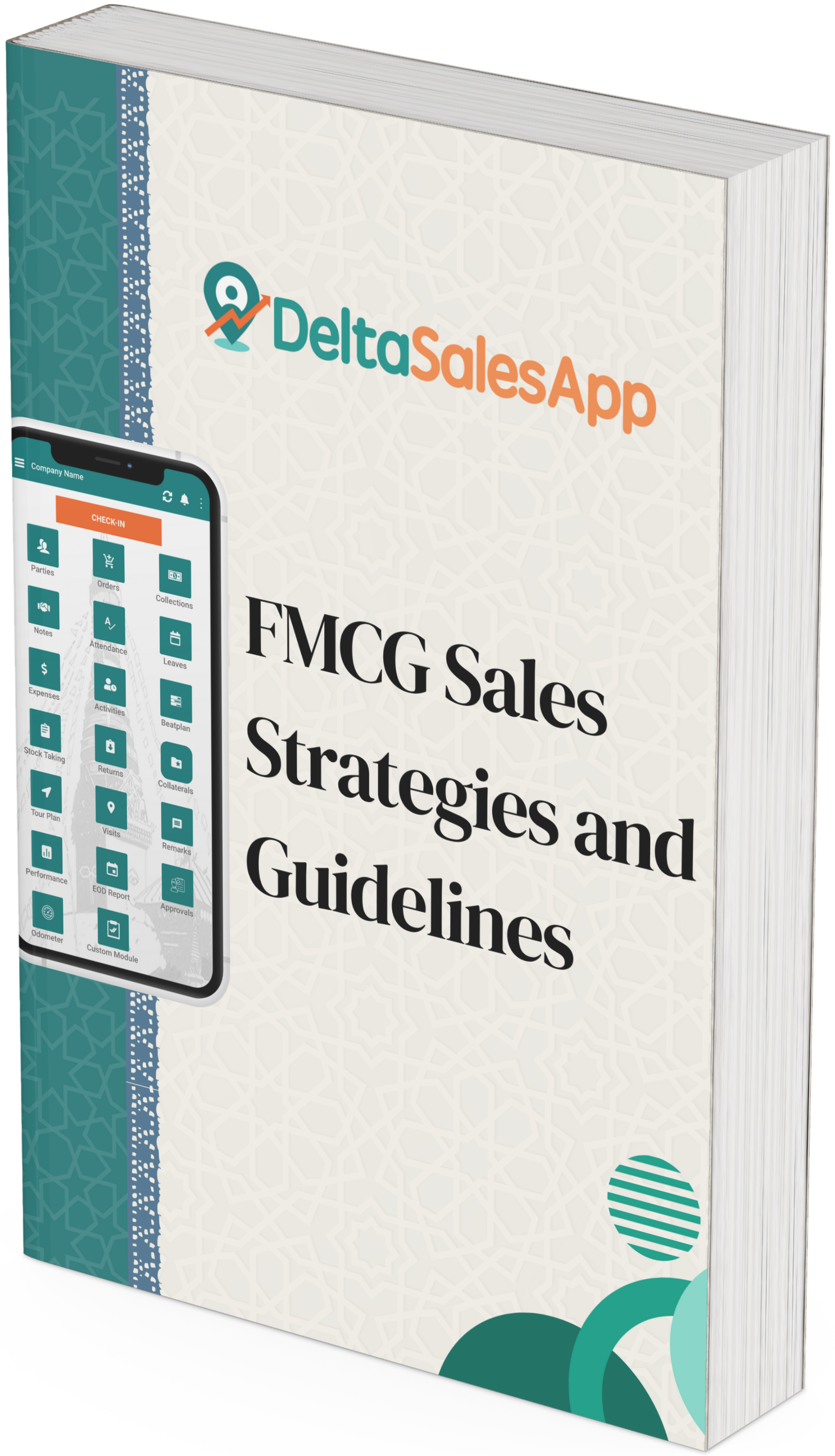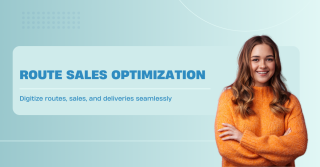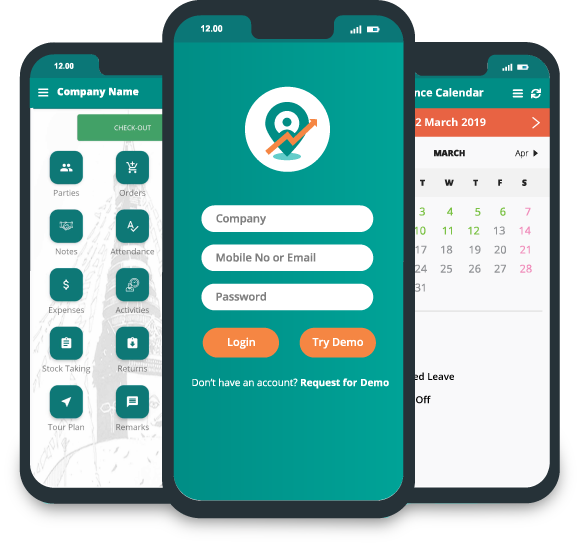What is Sales Enablement?

In today's competitive business landscape, equipping your sales team with the right tools, resources, and information is crucial for success. This process, known as sales enablement, involves providing salespeople with the necessary support to effectively engage buyers and close deals. In this article, we'll explore the concept of sales enablement, its key components, benefits, and how it can transform your sales operations.
Understanding Sales Enablement Sales enablement is a strategic approach that involves providing your sales team with the tools, content, training, and resources they need to sell more effectively. It aims to improve sales performance by ensuring that salespeople have access to the right information at the right time, enabling them to have meaningful conversations with prospects and customers.
Key Components of Sales Enablement
Content Management: Providing sales reps with access to relevant content such as case studies, product information, whitepapers, and sales scripts. This helps them address customer queries and objections effectively.
Training and Coaching: Offering ongoing training and coaching sessions to enhance the skills and knowledge of salespeople. This includes product training, sales techniques, and soft skills development.
Sales Tools and Technology: Utilizing technology to streamline sales processes. This includes CRM systems, sales automation tools, and analytics platforms that help sales reps manage leads, track performance, and gain insights into customer behavior.
Collaboration and Communication: Facilitating seamless communication and collaboration between sales and marketing teams. This ensures that sales reps have access to the latest marketing materials and can provide feedback to improve marketing strategies.
Benefits of Sales Enablement
Improved Sales Performance: By equipping salespeople with the right resources and training, they can perform more effectively and close deals faster.
Enhanced Customer Engagement: Sales enablement helps reps engage with customers more meaningfully by providing them with relevant information and insights.
Increased Efficiency: Automation tools and streamlined processes reduce administrative tasks, allowing sales reps to focus more on selling.
Better Alignment Between Sales and Marketing: Sales enablement fosters collaboration between sales and marketing teams, leading to more consistent messaging and improved lead quality.
Implementing Sales Enablement To implement a successful sales enablement strategy, consider the following steps:
Assess Needs: Identify the specific needs of your sales team and the gaps in their current resources and training.
Develop Content: Create and organize content that addresses the needs of your sales reps and supports the sales process.
Invest in Technology: Choose the right sales enablement tools and platforms that align with your business goals and integrate with your existing systems.
Provide Training: Offer regular training sessions to ensure that sales reps are well-versed in the tools, content, and techniques provided.
Measure and Optimize: Continuously monitor the effectiveness of your sales enablement efforts and make adjustments based on feedback and performance data.
Conclusion
Sales enablement is a powerful strategy that can significantly enhance the effectiveness of your sales team. By providing them with the right tools, content, training, and support, you can improve sales performance, enhance customer engagement, and drive business growth. Implementing a well-structured sales enablement program requires careful planning, but the benefits it brings to your sales operations make it a worthwhile investment.
FAQs
Q1: What is the primary goal of sales enablement?
The primary goal of sales enablement is to equip sales teams with the necessary resources, tools, and training to improve their performance and close deals more effectively.
Q2: How does sales enablement benefit the sales team?
Sales enablement benefits the sales team by providing them with relevant content, ongoing training, and advanced tools that streamline their workflow, enhance customer interactions, and increase their efficiency.
Q3: How can a company measure the success of its sales enablement efforts?
A company can measure the success of its sales enablement efforts by tracking key performance indicators (KPIs) such as sales performance, lead conversion rates, customer engagement levels, and the effectiveness of training programs. Regular feedback from sales reps can also provide valuable insights for continuous improvement.









